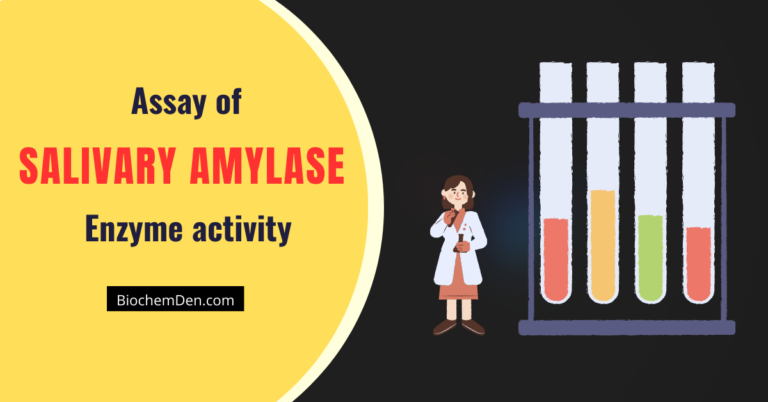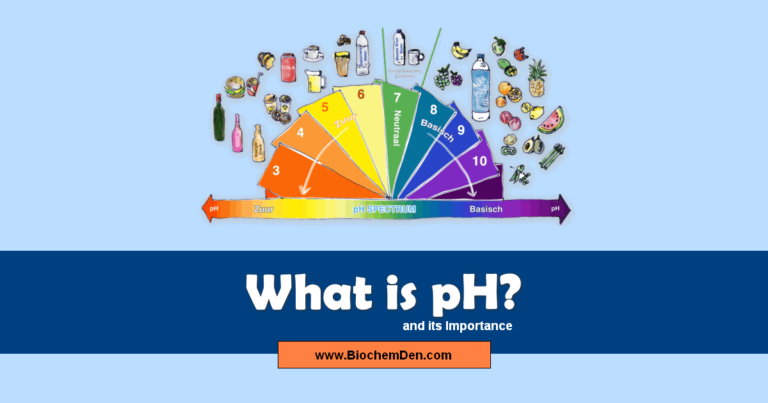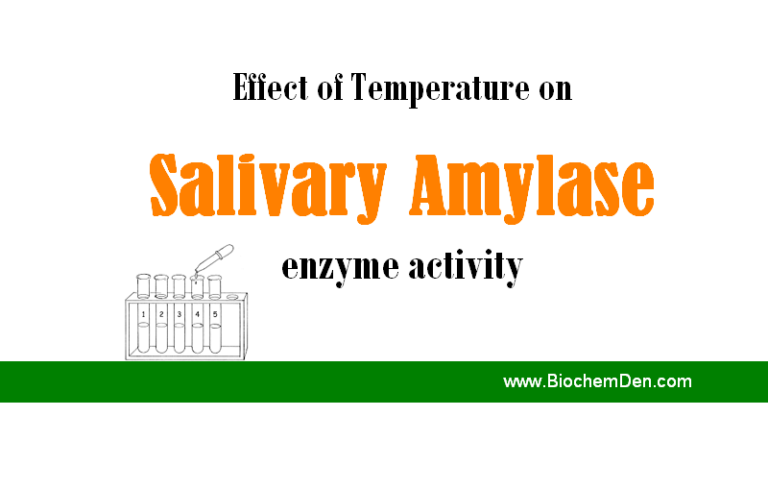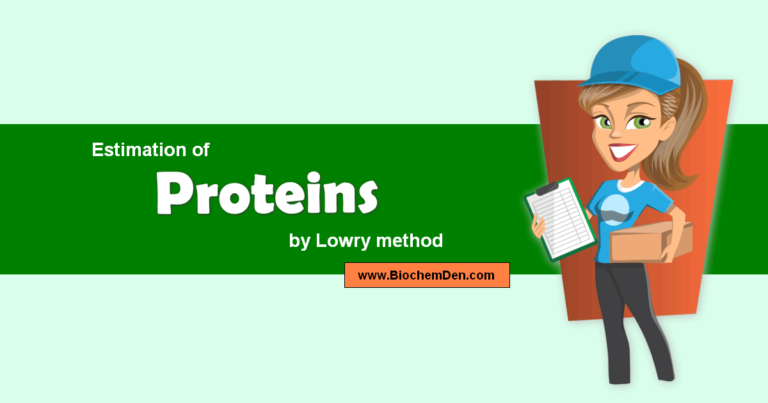Are you looking for the procedure of Estimation of Tyrosine? Here is the complete biochemical protocol with a downloadable document. The Folin–Ciocalteu reagent (FCR) Folin’s phenol reagent or Folin–Denis reagent, also called the Gallic Acid Equivalence method (GAE), is a mixture of phosphomolybdate and phosphotungstate used for the colorimetric in vitro assay of phenolic and polyphenolic antioxidants.
It is named after Otto Folin, Vintilă Ciocâlteu, and Willey Glover Denis.More
Estimation of Tyrosine by Folin-Ciocalteau method
The reagent does not only measure phenols, and will react with any reducing substance. It, therefore, measures the total reducing capacity of a sample, not just phenolic compounds. This reagent is part of the Lowry protein assay, and will also react with some nitrogen-containing compounds such as hydroxylamine and guanidine.
The reagent has also been shown to be reactive towards thiols, many vitamins, the nucleotide base guanine, the trioses glyceraldehyde and dihydroxyacetone, and some inorganic ions. Copper complexation increases the reactivity of phenols towards this reagent.
PRINCIPLE
Tyrosine because of the presence of a hydroxyl phenol group reduces the phospho molybdate present in the F/C reagent to form a Blue color, which can be measured colorimetrically at 700 nm (or) by using a red filter.
REAGENTS
- 0.5N NaOH Solution: 20gms/100ml
- Folin-Ciocalteau reagent: Reflux gently for 10 hours a mixture consisting of 100g sodium tungstate (Na2WoO4.2H2O), 25g sodium molybdate (Na2MoO4.2H2O), 700mL water, 50mL of 85% phosphoric acid, and 100mL of concentrated hydrochloric acid in a 1.5L flask. Add 150g lithium sulfate, 50water, and a few drops of bromine water. Boil the mixture for 15 minutes without a condenser to remove excess bromine. Cool, dilute to 1L and filter. The reagent should have no greenish tint. (Determine the acid concentration of the reagent by titration with 1N NaOH to a phenolphthalein end-point). This is commercially available and has to be diluted with an equal volume of water just before use.
- Standard Tyrosine solution: 5mg/ml Bovine Serum Albumin (commercially available as Standard)
PROCEDURE
Take 0.2, 0.4, 0.6, 0.8, and 1ml into series if five test tubes add water to bring the volume of one ml in each test tube. Add 5ml of 0.5N NaOH solution and finally 1.5ml of dilute F/C reagent to each test tube mix well and measure the O.D. with a photoelectric colorimeter at 700nm (or) by using a red filter within 2 to 10 minutes.
Prepare a Blank with 1 ml of distilled water instead of Tyrosine solution and construct the standard curve with micrograms of tyrosine. Tyrosine concentration on the X-axis and OD on the Y-axis using a standard curve determine the amount of tyrosine present in a given unknown solution.
Note: Download the Protocol, which helps to ease your lab work. and See other Protocols to download
Get this protocol in PDF format. Just download this “Estimation of Tyrosine by Folin-Ciocalteau Method” file make a print and distribute it to the students. It helps you to protect your students from spelling mistakes and volumetric errors.

Frequently Asked Questions (FAQs)
What is the Folin-Ciocalteu method for estimating tyrosine?
The Folin-Ciocalteu method is a widely used spectrophotometric assay for the estimation of tyrosine and other phenolic compounds. It is based on the reduction of Folin-Ciocalteu reagent by tyrosine, resulting in a blue-colored complex that can be measured at a specific wavelength.
What is the principle behind the Folin-Ciocalteu method for tyrosine estimation?
The Folin-Ciocalteu method relies on the ability of tyrosine and other phenolic compounds to reduce the Folin-Ciocalteu reagent under alkaline conditions. This reduction leads to the formation of a blue-colored complex, which can be quantified by measuring its absorbance at a specific wavelength using a spectrophotometer.
What are the necessary reagents and equipment for tyrosine estimation using the Folin-Ciocalteu method?
To estimate tyrosine using the Folin-Ciocalteu method, you will need a Folin-Ciocalteu reagent, tyrosine standard solutions, a suitable buffer (usually sodium carbonate), and a spectrophotometer. You’ll also require cuvettes or test tubes for holding the reaction mixture and a water bath for maintaining the required temperature.
What is the procedure for estimating tyrosine with the Folin-Ciocalteu method?
The procedure typically involves mixing the tyrosine sample with the Folin-Ciocalteu reagent and allowing it to react under alkaline conditions. After a specified incubation period, the blue complex is measured at a specific wavelength using a spectrophotometer. The concentration of tyrosine is determined by comparing the absorbance of the sample to a standard curve generated with known tyrosine concentrations.
What is the importance of the Folin-Ciocalteu method in biochemical research?
The Folin-Ciocalteu method is essential in biochemical research because it allows for the quantitative estimation of tyrosine and other phenolic compounds. Tyrosine is an amino acid that plays critical roles in various biological processes, including protein synthesis and signal transduction. Researchers use this method to assess the tyrosine content in samples, which is valuable for understanding its presence in various biological and environmental samples.
Key Facts about FC method
some key facts and information about the estimation of tyrosine using the Folin-Ciocalteu method:
- Principle of the Folin-Ciocalteu Method:
- The Folin-Ciocalteu method is based on the reduction of the Folin-Ciocalteu reagent by tyrosine and other phenolic compounds under alkaline conditions.
- This reduction results in the formation of a blue-colored complex with an absorbance peak at around 760 nm.
- Standard Curve:
- To estimate tyrosine concentration using the Folin-Ciocalteu method, a standard curve is generated using known concentrations of tyrosine.
- The absorbance of the blue complex formed in the reaction is measured at the characteristic wavelength, and the concentration of tyrosine in the sample is determined by comparing it to the standard curve.
- Quantification and Measurement:
- Spectrophotometers are commonly used to measure the absorbance of the reaction mixture at the appropriate wavelength.
- Tyrosine concentration in the sample can be quantified in milligrams per milliliter (mg/mL) or other suitable units, based on the standard curve.
- Accuracy and Precision:
- The Folin-Ciocalteu method is known for its accuracy and precision in estimating tyrosine and other phenolic compounds.
- Proper calibration and adherence to standardized procedures are essential for obtaining reliable results.
- Applications:
- This method is widely used in biochemical and analytical research to quantify tyrosine content in various samples, including biological tissues, food products, and environmental samples.
- It is particularly useful in assessing the phenolic antioxidant capacity of substances.
- Interferences and Limitations:
- Certain substances, such as reducing agents and some metals, can interfere with the Folin-Ciocalteu assay, leading to inaccurate results.
- Care must be taken to minimize these interferences when conducting the analysis.
- Variations and Improvements:
- Researchers have developed variations and improvements to the Folin-Ciocalteu method to enhance its specificity, sensitivity, and adaptability to different types of samples.
- These modifications can include adjusting reaction conditions, using specific buffers, or incorporating additional reagents.
- Historical Significance:
- The Folin-Ciocalteu method was developed by Otto Folin and Vintilă Ciocâlteu in the early 20th century, making it a historically important technique in analytical chemistry.
- Safety Precautions:
- When working with the Folin-Ciocalteu reagent, appropriate safety measures should be taken, as it contains hazardous chemicals. Protective gear and proper handling procedures are necessary.
- Scientific Research:
- The Folin-Ciocalteu method has been an integral part of scientific investigations in the fields of biochemistry, food chemistry, and environmental science, contributing to our understanding of phenolic compound analysis and antioxidant capacity determination.
Discover more from Biochemistry Den
Subscribe to get the latest posts sent to your email.






